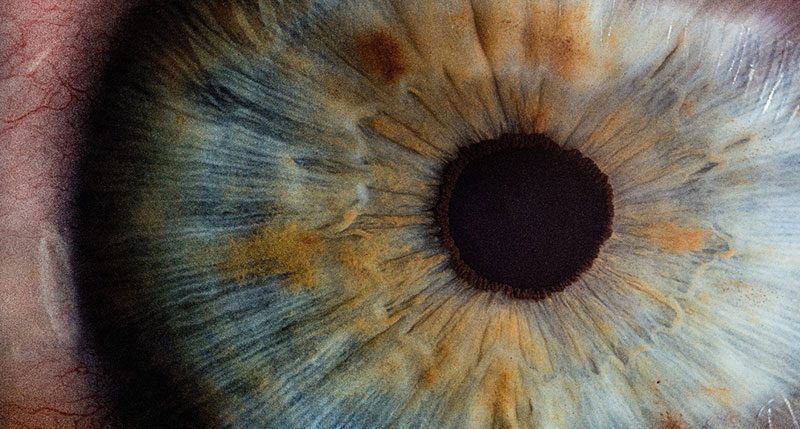The eyes are sometimes called the windows to the soul. That may be true, but for health purposes, they’re also a window that provides a clearer view of your total body health.
Did you know that your optometrist can detect 20 or more health conditions that may be in the early stages and not yet detectable by other routine tests during a regular comprehensive eye exam?
Because of their delicate structures, including nerves, blood vessels and connective tissues, the eyes can show signs of many significant health risks in the early stages. That can be critically important to patients, because catching diseases early is often the key to preventing severe outcomes. When you visit your optometrist for your annual eye exam, he or she will carefully examine your eyes for telltale signs of disease that may be impacting other areas of the body.
Serious health issues an optometrist can detect include:
-
- The tiny blood vessels that supply your retina can be a telltale sign of diabetes—often before other symptoms have led to a formal diagnosis of the disease. These blood vessels can leak blood into the retina, which your optometrist can see during a dilated examination. With early detection, it’s possible to stabilize blood sugar levels and avoid loss of vision and other serious complications of the disease. In 2017, optometrists diagnosed more than 400,000 patients with diabetic retinopathy in people who hadn’t yet been diagnosed with diabetes.
- High Blood Pressure. Once again, the blood vessels of the eye are often the sign that alerts patients to this potentially life-threatening condition. Elevated blood pressure leads to specific changes to the eye’s blood vessels and leaks in the back of the eye, which tell your optometrist that you may be suffering from high blood pressure. By getting your blood pressure under control, you can reduce the risk for related conditions, including cardiovascular damage and other eye diseases such as glaucoma, macular degeneration and diabetic retinopathy.
- Thyroid disease. If the eyeballs are bulging or protruding from eyelids that seem to be retracting, your optometrist will suspect an overactive thyroid gland (hyperthyroidism), which is often caused by Grave’s Disease. This condition affects the tissues and muscles around the eye and symptoms may also include blurry vision, vision loss or dry eyes.
- Rheumatoid Arthritis. Patients who present with red eyes and severe pain may be exhibiting signs of RA – rheumatoid arthritis. Pain and redness are symptoms of scleritis, a painful inflammatory condition of the sclera, the white part of your eye. RA patients often also suffer from dry eye and are typically between the ages of 40 and 70.
- Brain tumors. When a brain tumor forms and causes swelling and increased pressure in the brain, your optometrist can see its impact in the back of your eye. There may also be pressure on the optic nerve that your eye doctor can detect. As a patient, you may notice double vision, loss of peripheral vision, or a change to your pupil size, sometimes on just one side.
- High cholesterol. Cholesterol is a naturally occurring waxy substance found in the blood. But too much of it can be a bad thing, especially when it attaches to the inside of blood vessels and blocks proper blood flow through your arteries. That’s when it can lead to heart disease and stroke. Your optometrist can catch the early signs of high cholesterol in two ways:
- In patients under 40, one sign of high cholesterol is a blue or yellow ring around the cornea.
- In all patients, cholesterol deposits in the retina’s blood vessels can indicate high levels of cholesterol throughout a patient’s body.
- A comprehensive eye exam can detect multiple types of cancer that may be lurking in a patient. The most common skin cancers – basal cell, squamous cell, or melanoma—may be present on the outer surfaces of the eye or the eyelids. In addition, lymphoma or leukemia can cause changes in the interior of the eye. Breast cancer and other bodily cancers can metastasize and spread to the eye and its structures.
With so many potentially life-threatening diseases showing early signs in the structures of the eye, an annual comprehensive eye exam can help detect disease early. This empowers you to take action to prevent further complications that could significantly impact your quality of life.
Your optometrist cares for not only your vision health, but also your total body health. Have you scheduled your annual eye exam yet?

